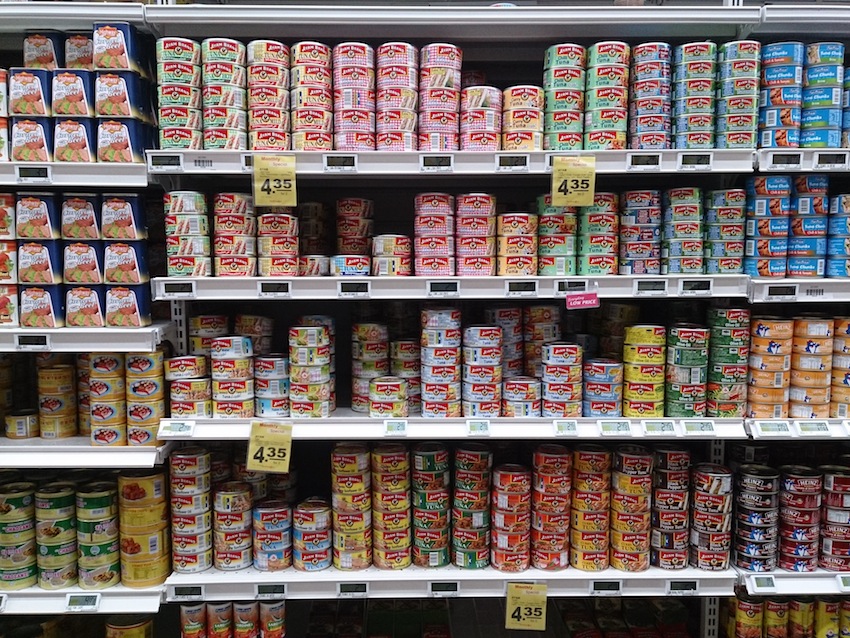
Project Manhattan
Food pantries across the five boroughs are having trouble keeping their shelves stocked with nutritious foods. Meanwhile, the economic situation for many in New York City, especially families, has not improved and food lines just continue to grow.
Weekly, more and more New Yorkers find themselves reaching out to food pantries to gain access to healthy meals. In the 77th Assembly District, the district I will represent in Albany, the food pantry for Riverwatch, Inc. is seeing similar surges on its distribution lines. According to Clyde Thompson, its executive director, the number of people needing food is “becoming crushing.” Every Thursday, from 2 to 6 pm, when food is handed out, Riverwatch sees an average of 300 people; there haven’t been any slowdowns, either.
But it’s not just a problem for the Bronx. Other pantries are suffering the same woes, where children are legitimately hungry and families choose to keep their utilities running rather than a healthy meal. The root of the problem is linked to residents who work but do not qualify for the Supplemental Nutrition Assistance Program, the nation’s food stamp program that offers assistance to low-income individuals and families. Additionally, countless working households stave off any income increases that could jeopardize their eligibility for SNAP. Current minimum wage levels also do little to help the situation.
Almost one in five New Yorkers rely on SNAP and one in three City residents struggle to afford food, according to the New York Food Bank of New York City. In order to meet this demand, emergency food programs like food pantries and soup kitchens have traditionally stepped in to help needy New Yorkers; there are about 800 of which currently serve the five boroughs as part of Food Bank For New York City’s network.
Meanwhile, in the Bronx, about 56 percent of feeding agencies have said that they don’t have enough food to meet growing demands in the community. Last year, 85 percent of New York City’s food pantries and soup kitchens reported an increase in the number of people they served over the previous year.
Overall, Bronx families are the most food insecure, more so than the rest of the city. While just over 1.4 million people call the borough their home, about 30 percent are poor – double the poverty rates for both New York and the nation. And according to the New York City Coalition Against Hunger, one in three Bronx residents lived in food insecure households during 2010 to 2012.
It’s no shock that having three healthy meals daily can work wonders for all New York City families, but there needs to be an increased focus on food pantries and other emergency food services. In Albany, I will advocate to increase awareness for New York City’s food insecure problem.
Latoya Joyner is the Assemblywoman-elect for the 77th District in the Bronx.









One thought on “No ‘SNAP’ Solution for New York City’s Food Insecure Dilemma”
I’m wondering if it’s time to bring back day-old bread centers.